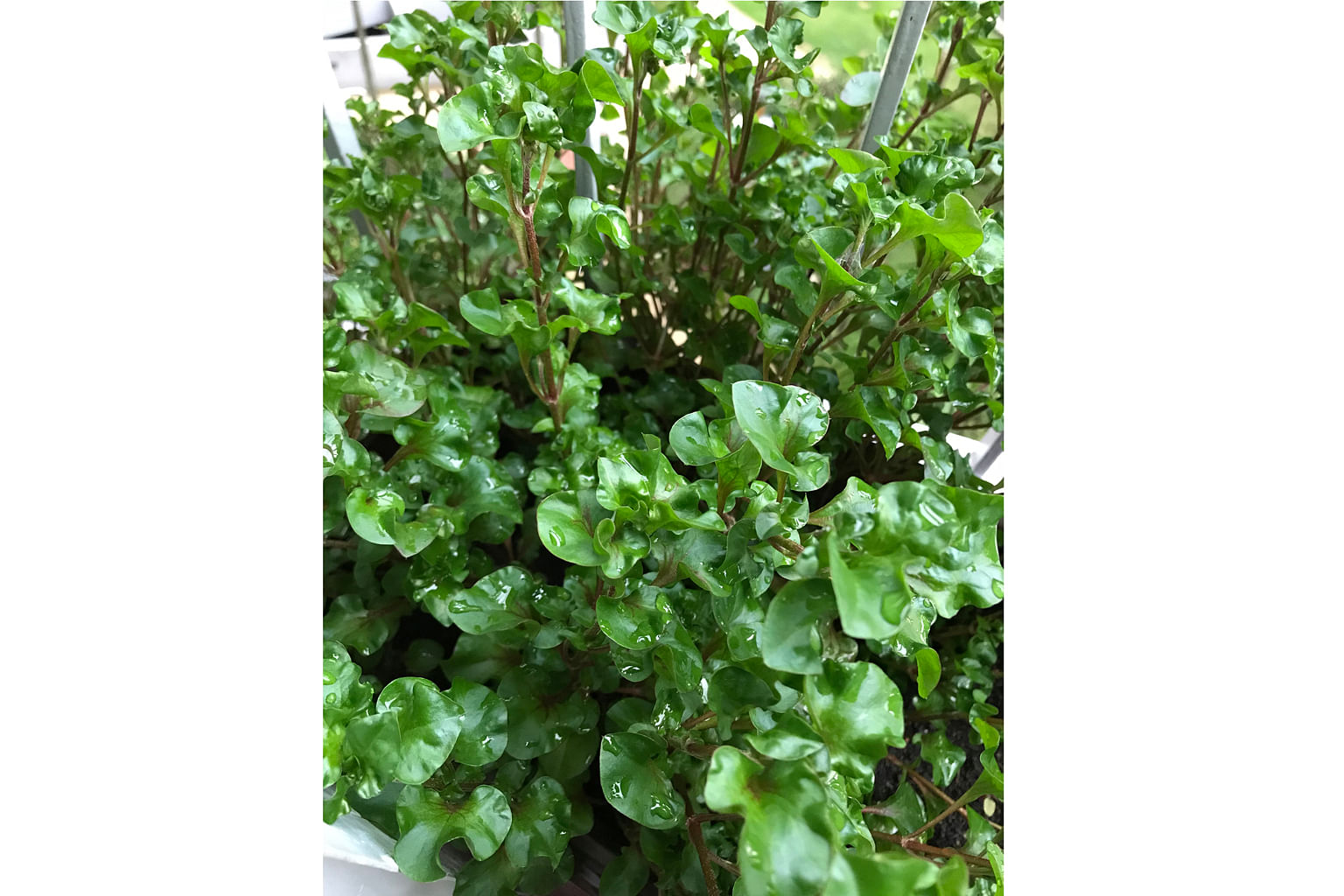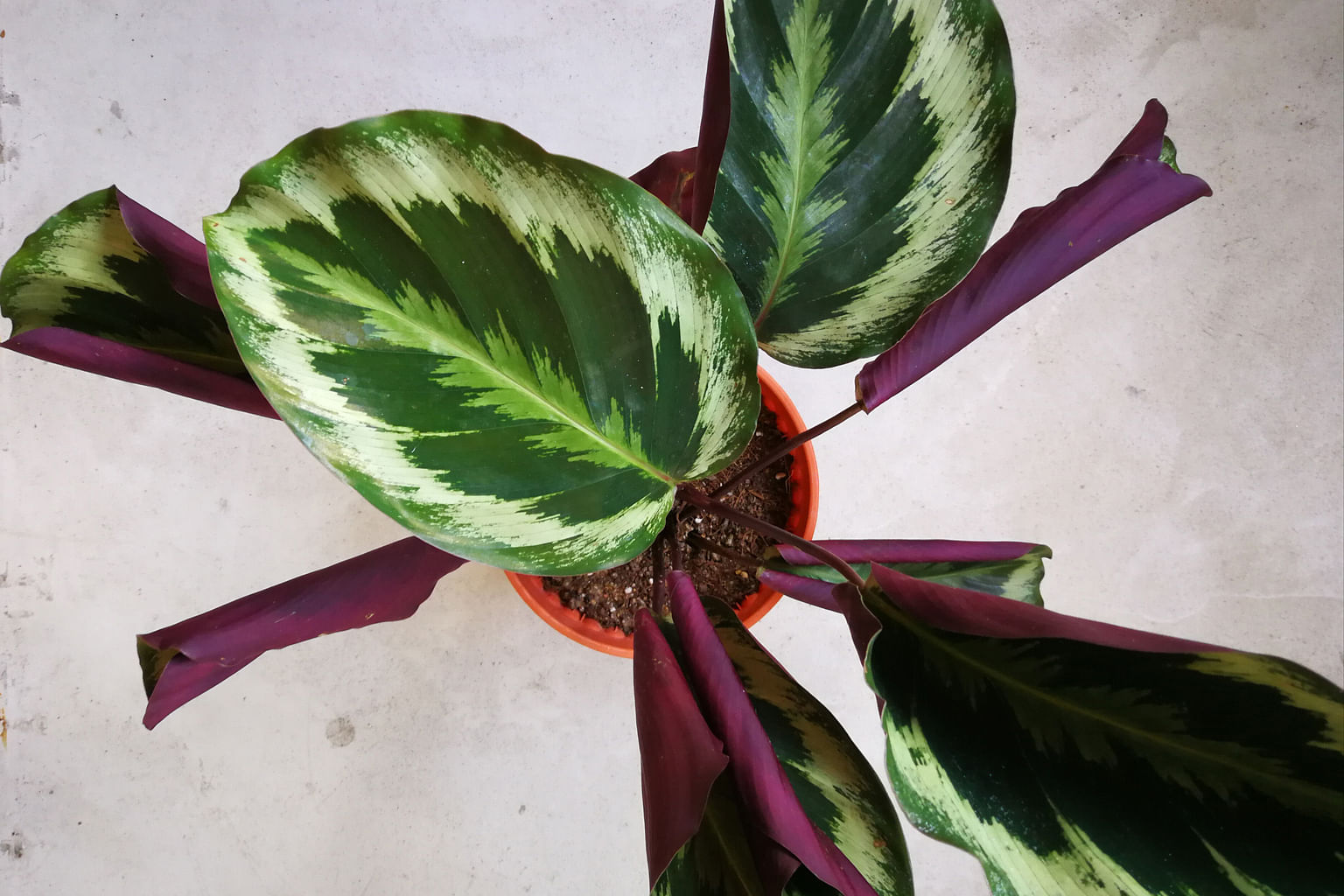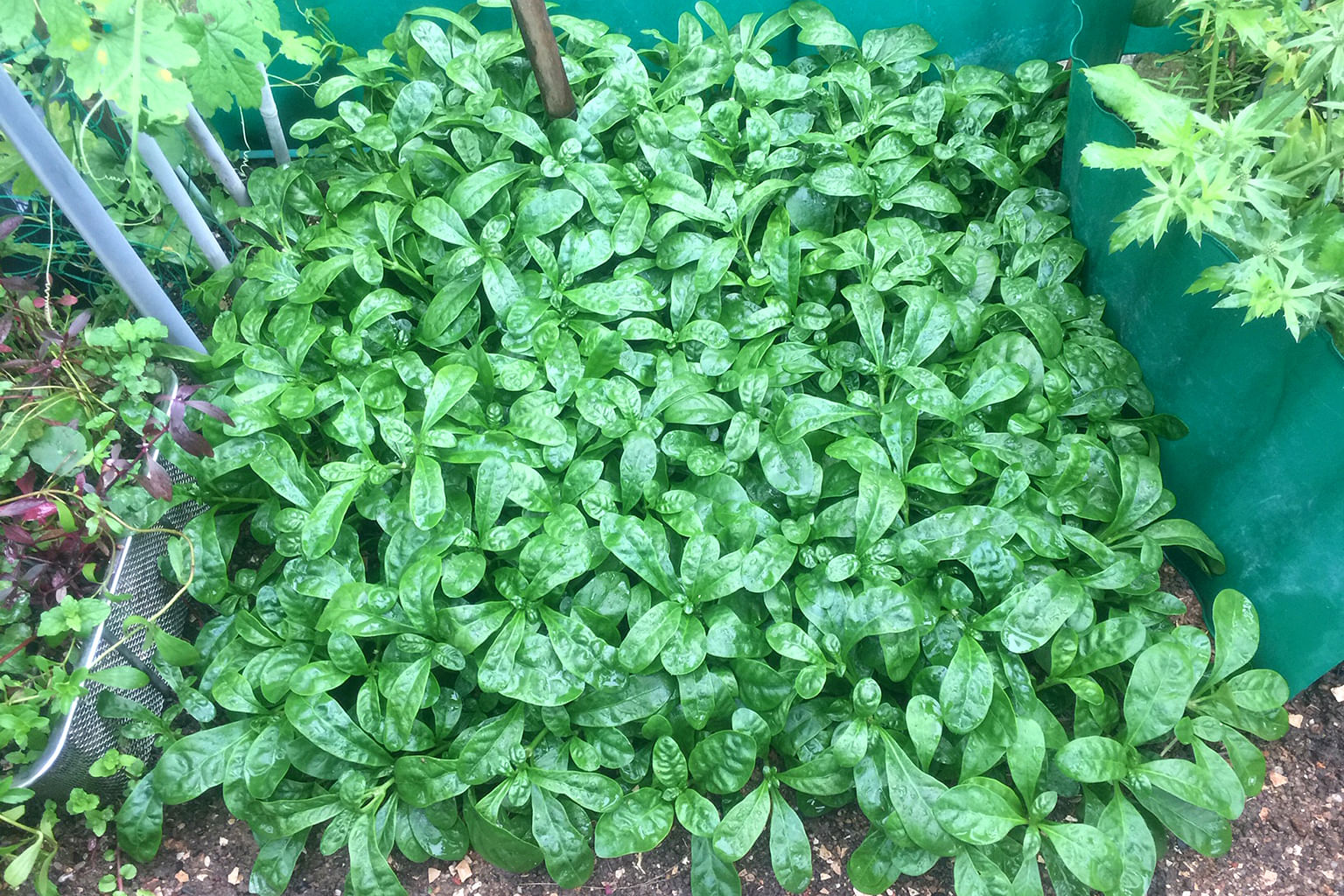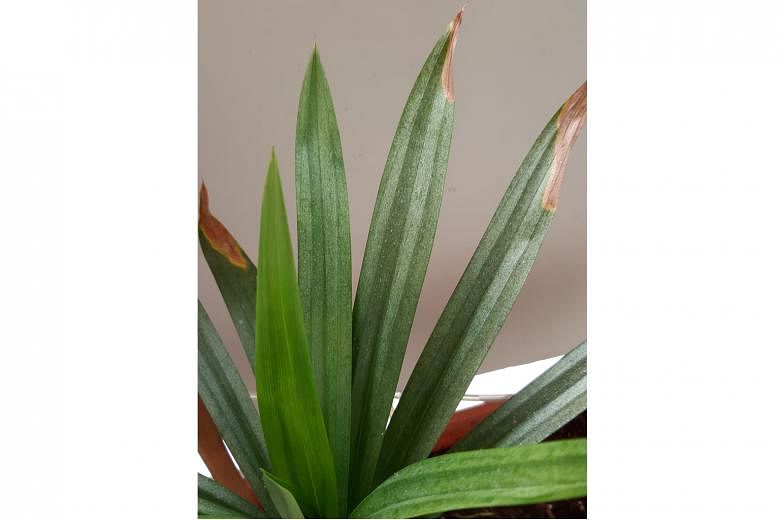Sucking pests on pandan
The older leaves of my pandan plant have white specks (above), while the newer ones do not. I water the plant once a day and it gets eight hours of sun. What could be the reason for this?
Margaret Lee
Your pandan plant (botanical name: Pandanus amaryllifolius) appears to be infested withsucking pests such as spider mites.
The pests are common when plants are grown in a windy, hot and dry environment often found in high-rise apartments.
They can be difficult to eradicate and you will need to diligently apply pesticide such as dilute castile soap, sulphur soap or summer oil solution, which can be used to suffocate and kill them, regularly.
To ensure that the pesticide does not burn the foliage, test the dosage on a small part before applying the pesticide on the entire plant.
Ensure your plant is well-hydrated and does not dry out. Extreme drought can bring about stress and increase the chances of your plant getting infested with spider mites. Also, you may find it useful to regularly mist or lightly wash your plant, which increases the ambient humidity and removes various pests and their eggs.
Ti Plant different from Boat Lily In Boat Lily

A Medicinal And Landscape Plant, published in your Feb 9 column, it was said that the plant's name in Hokkien was "Ang Tek Hiok". But I have all along associated this Chinese name with this plant (above). Other than some colours, the two plants do not look exactly the same in shape and structure. Are they from the same family?
Tan Pin Ho
This plant is a common outdoor landscaping plant known as Cordyline fruticosa with a cultivar name, Firebrand. Its common names include Cabbage Tree and Ti Plant.
Numerous cultivars are available with varying heights, leaf shapes, sizes and colours.
It is not related to the Boat Lily (Tradescantia spathacea) and the two plants belong to separate plant families and genera.
The common name of plants can be confusing. A common name can be used to refer to several different plants and it is common for a plant to be known via several different common names in different localities.
In gardening and horticulture, it is recommended to use the scientific or botanical name to refer to a plant.
Plant is not the true watercress

I grew a few stem-cuttings of this plant (above), which was given to me by a friend. She said they are wild watercress. I notice the leaves and colour of the stems are slightly different from those of the watercress sold in markets. Is this type of watercress edible?
Joanne Chia
The plant shown is often mistaken to be the watercress (Nasturtium officinale).
It is, in fact, a species or cultivar of the Alternanthera. Plants in this genus are commonly called Joyweed or Joseph's Coat.
Some of them produce attractive, colourful leaves and are common ornamental plants.
Due to their low-growing nature, they are often used as groundcover or border plants. A handful of species and cultivars are grown for their edible young leaves.
This plant is easily propagated from stem-cuttings and do best in fertile and moist soils. It should be grown in a location with filtered sunlight.
Rose painted calathea needs to grow in a humid environment

I transferred this plant (above) into a slightly bigger pot. After a few days, the leaves started to curve and become enclosed. What is the reason? How often should I water the plant and does it need direct sunlight?
Lai Lih Jen
The plant is a cultivar of the Rose painted calathea (botanical name is Calathea roseopicta).
Two reasons could have led to the current state of the plant.
First, the plant may have transplant shock. During repotting, did you overly disturb the root ball, where soil had been removed and roots were damaged? Some plants are sensitive to root disturbance and can react adversely as a result.
Next, where is the plant placed? This species prefers to be grown in a humid and semi-shaded location. High-rise apartments can often to be too dry due to low humidity and/or constant winds.
Due to rapid loss of moisture from the plant, the leaves roll up to reduce moisture loss from its tissues. The Rose painted calathea is usually more suited for a shaded spot under lush vegetation of an outdoor tropical garden.
To improve the situation, you may want to bag the plant up in a clear plastic bag for several hours. The increased humidity will encourage the rolled-up leaves to open up.
For long-term growing, place the plant in a protected location that is humid and not windy.
The plant needs about four to six hours of filtered sunlight daily to grow well.
Brazilian Snow Flower may be lacking in sunlight

I found this beautiful plant (above) that grows easily in a garden plot, but nobody seems to be able to identify it. What is it?
Seow Siow Liang
The plant is likely the reverted White Carpet version of the Alternanthera ficoidea, commonly called Brazilian Snow Flower. Reversion occurs where a variegated plant with white patches on its leaves has turned totally green.
The Brazilian Snow Flower in its variegated form is a popular foliage plant. The common reasons for the loss of variegation include lack of sunlight and the instability of the variegated form in cultivation.
• Answers by Dr Wilson Wong, an NParks-certified practising horticulturist and park manager. He is the founder of Green Culture Singapore and an adjunct assistant professor (Food Science & Technology) at the National University of Singapore.
• Have a gardening query? E-mail it with clear, high-resolution pictures of at least 1MB, if any, and your full name to stlife@sph.com.sg

